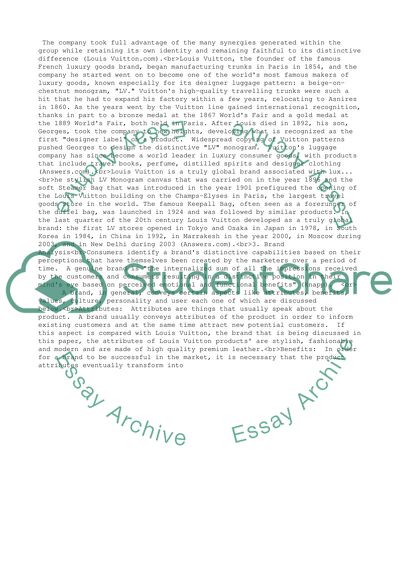Cite this document
(“CONTEMPORARY BRAND MANAGEMENT REPORT Case Study”, n.d.)
CONTEMPORARY BRAND MANAGEMENT REPORT Case Study. Retrieved from https://studentshare.org/business/1532197-contemporary-brand-management-report
CONTEMPORARY BRAND MANAGEMENT REPORT Case Study. Retrieved from https://studentshare.org/business/1532197-contemporary-brand-management-report
(CONTEMPORARY BRAND MANAGEMENT REPORT Case Study)
CONTEMPORARY BRAND MANAGEMENT REPORT Case Study. https://studentshare.org/business/1532197-contemporary-brand-management-report.
CONTEMPORARY BRAND MANAGEMENT REPORT Case Study. https://studentshare.org/business/1532197-contemporary-brand-management-report.
“CONTEMPORARY BRAND MANAGEMENT REPORT Case Study”, n.d. https://studentshare.org/business/1532197-contemporary-brand-management-report.


